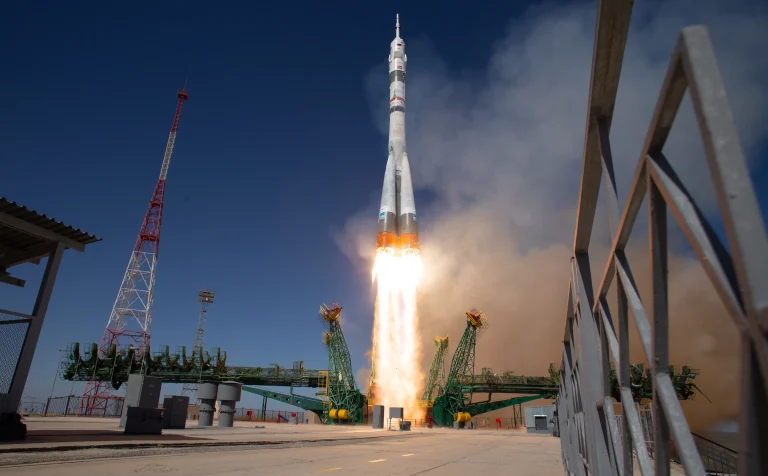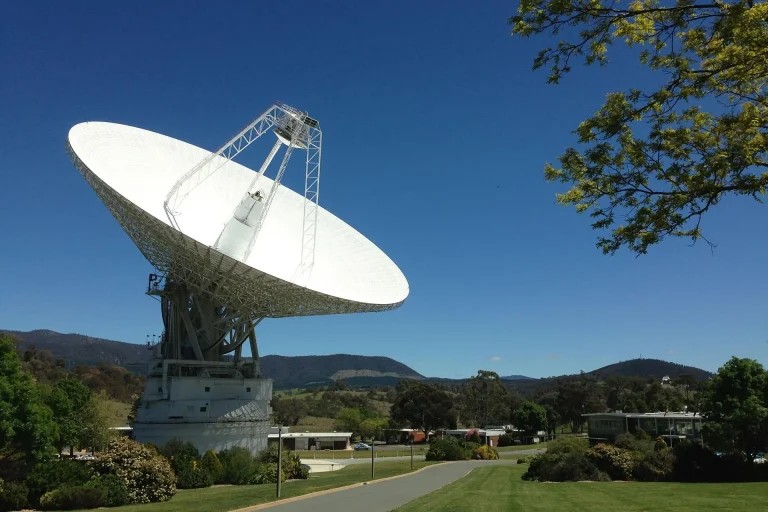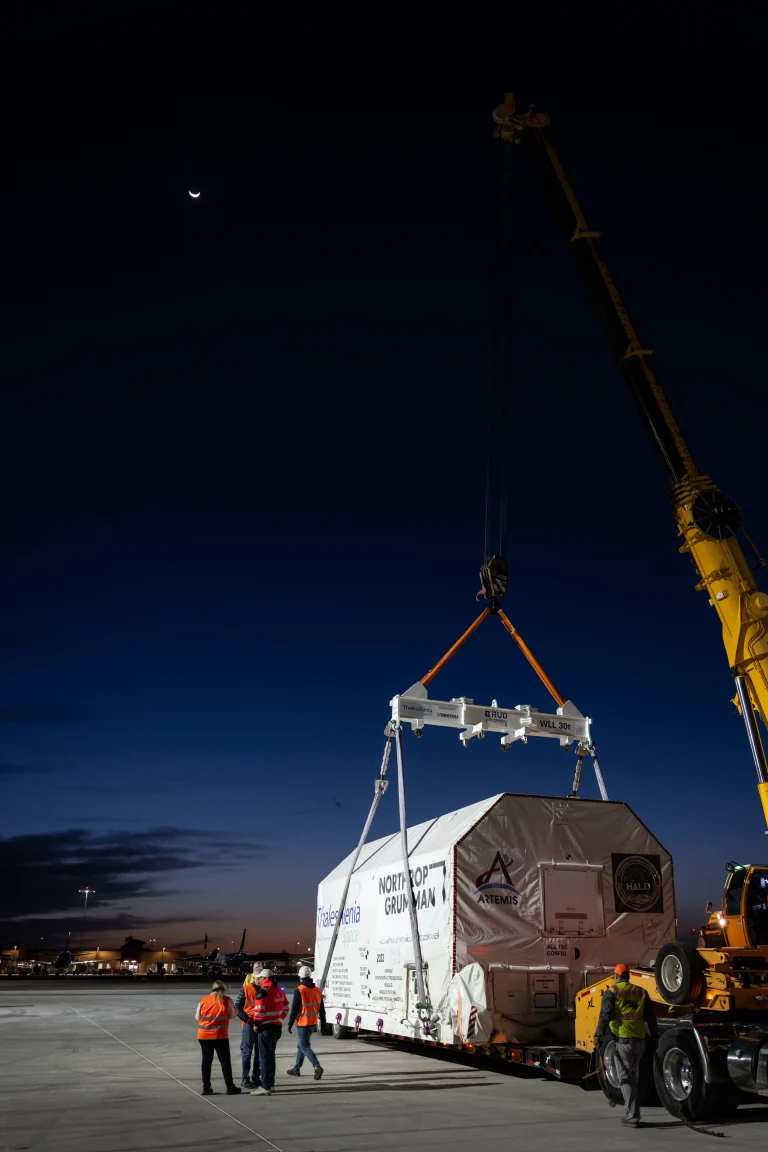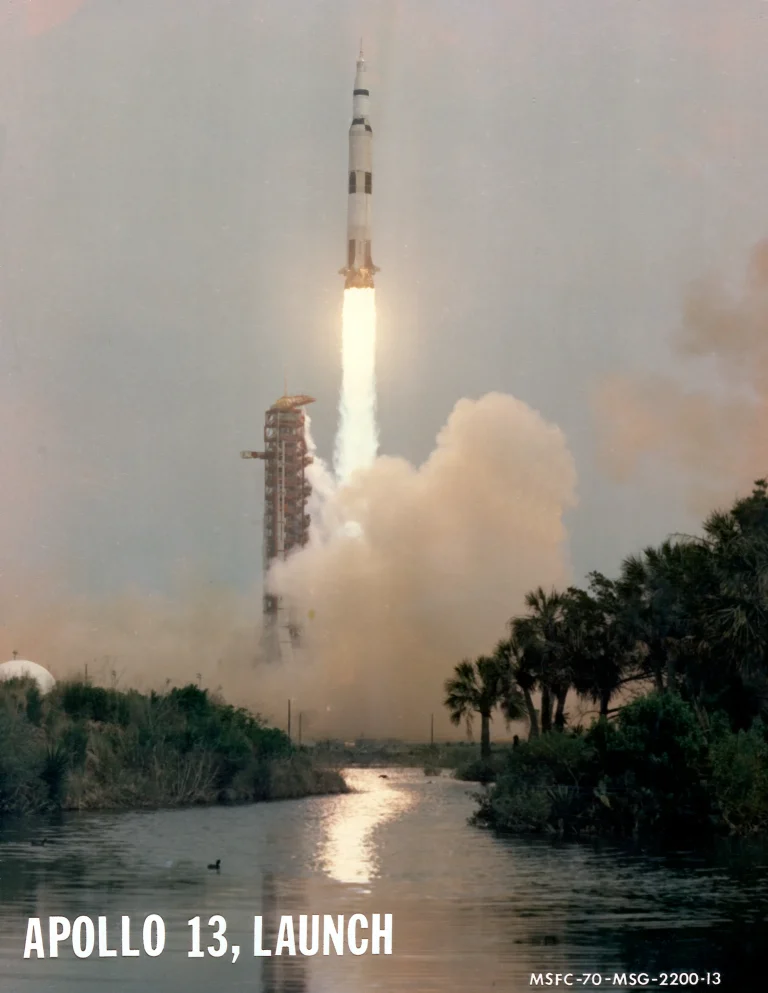NASA astronaut Matthew Dominick captured this timelapse photo of Comet C/2023 A3 (Tsuchinshan-ATLAS) from the International Space Station as it orbited 272 miles above the South Pacific Ocean southeast of New Zealand just before sunrise on Sept. 28, 2024. At the time, the comet was about 44 million miles away from Earth.
Though the comet is very old, it was just discovered in 2023, when it approached the inner solar system on its highly elliptical orbit for the first time in documented human history. Beginning in mid-October 2024, Comet C/2023 A3 (Tsuchinshan-ATLAS) will become visible low in the west following sunset. If the comet’s tail is well-illuminated by sunlight, it could be visible to the unaided eye. Oct. 14-24 is the best time to observe, using binoculars or a small telescope.
The comet hails from the Oort Cloud, which scientists think is a giant spherical shell surrounding our solar system. It is like a big, thick-walled bubble made of icy pieces of space debris the sizes of mountains and sometimes larger. The Oort Cloud lies far beyond Pluto and the most distant edges of the Kuiper Belt and may contain billions, or even trillions, of objects.
Image Credit: NASA/Matthew Dominick
NASA宇航员马修·多米尼克于2024年9月28日从国际空间站拍摄了这张彗星C/2023 A3(紫金山-阿特拉斯)的延时照片,当时空间站在距离地球272英里(约438公里)的高度,绕飞于新西兰东南的南太平洋上空,接近日出时分。当时彗星距离地球约4400万英里(约7100万公里)。
虽然这颗彗星非常古老,但它直到2023年才被发现,这是人类历史上首次记录到它进入太阳系内围。自2024年10月中旬起,彗星C/2023 A3(紫金山-阿特拉斯)将在日落后出现在西方低空。如果彗尾被阳光充分照亮,它可能会被肉眼看到。最佳观测时间是10月14日至24日,可以使用双筒望远镜或小型望远镜进行观测。
这颗彗星来自奥尔特云,科学家认为奥尔特云是一个巨大的球形壳体,包围着我们的太阳系,犹如一个由冰冷的太空碎片组成的大气泡,这些碎片大小如山,有时甚至更大。奥尔特云位于冥王星和柯伊伯带最远边缘之外,可能包含数十亿甚至数万亿个天体。
影像来源: NASA/Matthew Dominick







